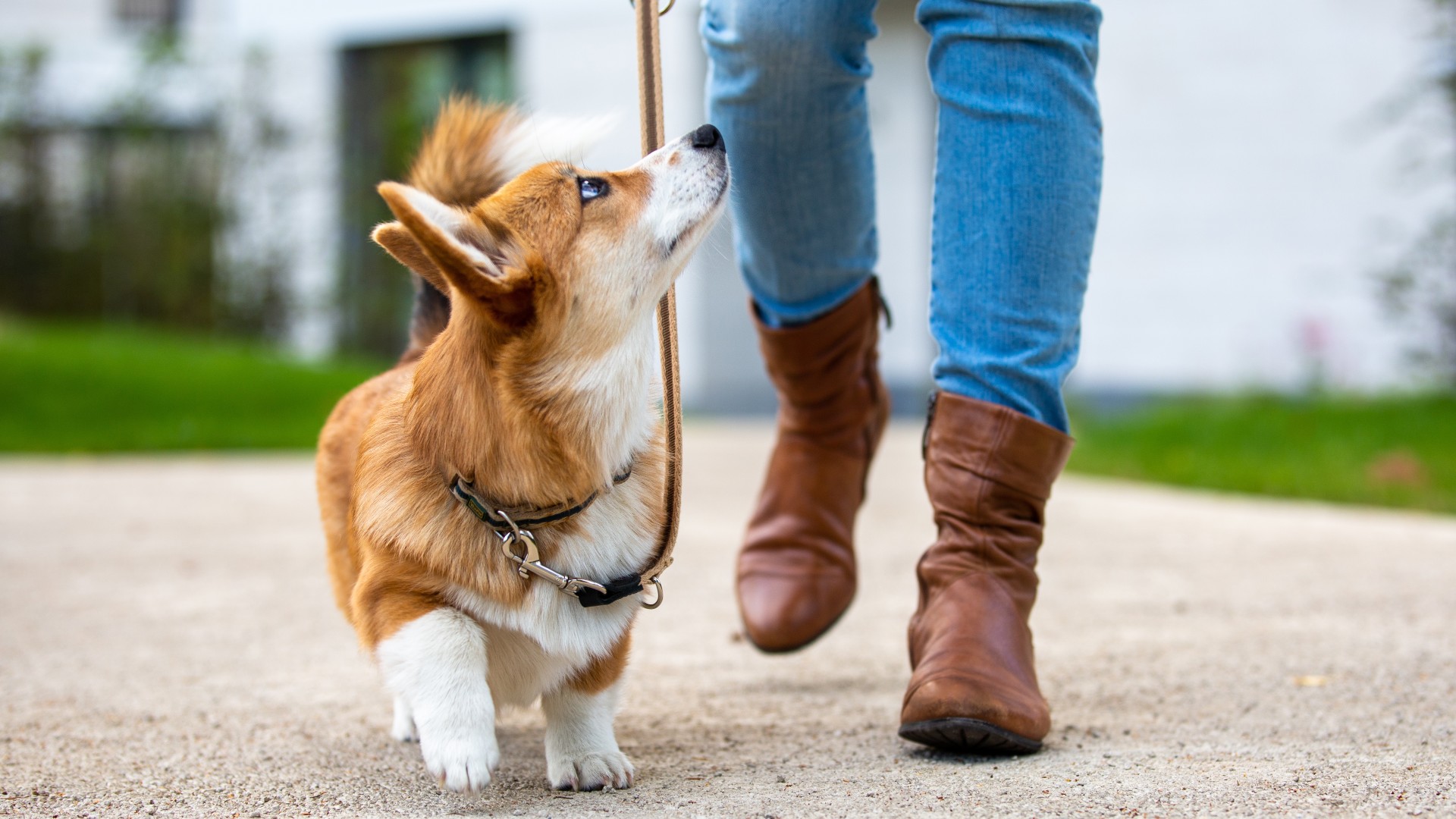Three tips that will help your dog master loose leash walking - and number one is a game changer!
These three steps will help your dog get to grips with loose leash walking in record time

There's no denying it - loose leash walking can feel like a tricky skill to try to teach your dog and one that often takes a great deal of time for them to master. Even armed with a bag of the best dog treats to reward good behavior, many pet parents express frustration when their dog refuses to pay attention to them or continues to pull.
But it doesn't have to be that way. Just like with any other piece of training, loose leash walking takes time, patience and consistency - but there are some simple tips you can deploy that will help your dog to get the hang of this skill in record time, and trainer Cynthia Robertson-Gillette shows us exactly how to get the job done in a video posted to Instagram, which you can view below.
A post shared by JW Dog Training & Behavior (@jwdogtraining)
A photo posted by on
Robertson-Gillette, who's a member of the team at JW Dog Training and Behaviorsays loose leash walking is a common issue for pet parents, but that there are ways we can improve our dog's behavior on leash that are both easy and effective. Here are the three tips that she shares in the video:
1. Practice in a familiar location first
"We train and build the behavior in an easy, familiar location to minimize competing distractions," Robertson-Gillette explains. "We’ve found that, like many challenging behaviors, leash walking improves dramatically if a dog has a strong foundation of the basics that are frequently practiced at home."
2. Use a long leash
"We use a longer leash (8+ feet) so it's harder to create tension and the dog gets familiar with the feeling of slack in the leash. Dogs naturally have a quicker pace than us, and it’s beneficial for them to sniff and explore on walks. We’ve seen major success increasing the length of our leash to 8 or 10 feet. Remember, it doesn’t mean the dog is 8 feet away from us at all times."
3. Reward frequently
"We mark and reward frequently any time the leash is loose - even if the dog isn't right next to us or looking up at us," Robertson-Gillette explains. "We want the dog to figure out that slack in the leash equals lots of good stuff from us (which, over time, encourages them to stay closer). Reward delivery can REALLY strengthen this behavior. If you capture a loose leash (using a marker like a clicker or verbal “yes”) and then deliver the treat close to yourself so your dog has to come near you to eat the tasty treat, a dog can learn very quickly it’s worth it to stay close."
PetsRadar Newsletter
Get the best advice, tips and top tech for your beloved Pets
Not seeing any progress with your dog's loose leash walking? If you've applied the above tips for a few weeks and your dog is still struggling to master this skill, we recommend speaking to a professional dog trainer who will be able to provide your dog with some 1:1 support.
Looking for more great training tips? Then be sure to check out our top tips for how to crate train a dog.

Kathryn is a freelance writer who has been a member of the PetsRadar family since it launched in 2020. Highly experienced in her field, she's driven by a desire to provide pet parents with accurate, timely, and informative content that enables them to provide their fur friends with everything they need to thrive. Kathryn works closely with vets and trainers to ensure all articles offer the most up-to-date information across a range of pet-related fields, from insights into health and behavior issues to tips on products and training. When she’s not busy crafting the perfect sentence for her features, buying guides and news pieces, she can be found hanging out with her family (which includes one super sassy cat), drinking copious amounts of Jasmine tea and reading all the books.
